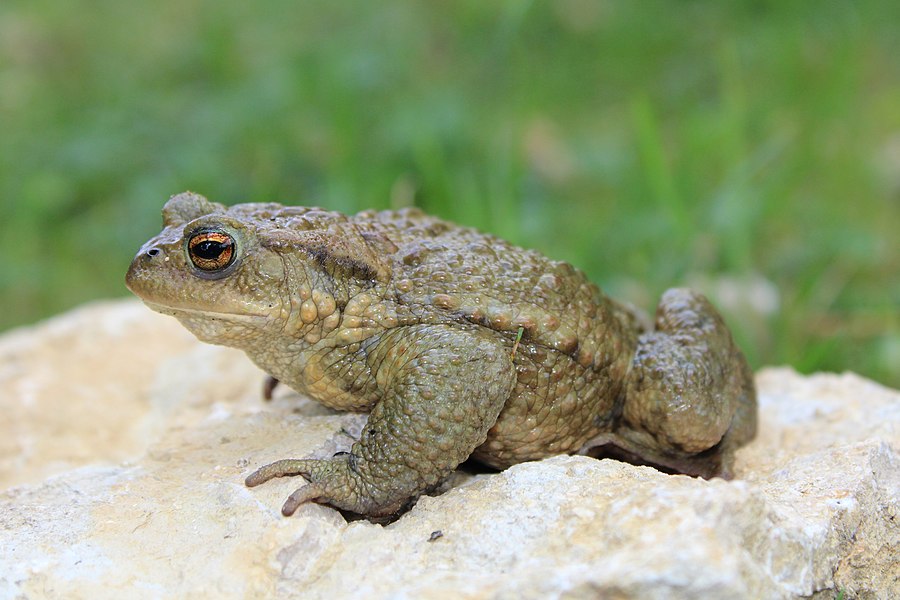Facts About Common European Toad
The common toad, also known as the European toad, is an amphibian found across Europe, western North Asia, and parts of Northwest Africa. It belongs to a group of related species that share a common ancestor. These toads are typically inactive during the day, emerging at dusk to hunt for small invertebrates. During the breeding season, they congregate at ponds to lay eggs, which hatch into tadpoles that eventually metamorphose into juvenile toads. Unfortunately, they face several threats, including habitat loss, road mortality, and the draining of their breeding sites. Intriguingly, toads are often associated with witchcraft in folklore and stories.
From a scientific classification perspective, the common toad was first named Rana bufo by Carl Linnaeus. Later, Josephus Nicolaus Laurenti reclassified it into the genus Bufo. Over the years, various subspecies have been identified. The common toad is part of a group that also includes species like the spiny toad and the Caucasian toad.
When picturing a common toad, imagine a broad head, bulging eyes, and skin covered in wart-like bumps. They lack teeth but possess parotoid glands that secrete a toxin called bufotoxin to deter predators. Their coloration can vary but is generally between brown and greyish-brown. Females tend to be browner, while males are more greyish.
These toads are quite widespread throughout Europe, though they are absent from some regions. They inhabit a variety of environments, including forests, wetlands, fields, and gardens. They typically move slowly or make short hops and are most active in damp conditions. Their diet includes various small invertebrates, and they regularly shed their skin.
During reproduction, common toads migrate en masse to breeding sites. Males compete for the opportunity to mate with females, who lay eggs in long, gelatinous strings that hatch into tadpoles. These tadpoles undergo metamorphosis to become young toads. Predators and parasites, such as the lung nematode Rhabdias bufonis, significantly threaten them.
Despite these challenges, the common toad is currently listed as "Least Concern" by the IUCN Red List. However, they still face threats like habitat destruction, pollution, and road mortality during migrations. Urban toad populations often have lower genetic diversity and fitness compared to those in rural areas. Roadkill is a significant problem for toads in some locations.
Bufotoxin, the toxic substance produced by the toad's parotoid glands, serves as a powerful defense mechanism. It can cause severe symptoms in animals and humans, with no known antidote. Culturally, toads have long been associated with witchcraft, folklore, and literature, appearing in various works, including children's novels and essays by authors like George Orwell.

 Slovakia
Slovakia